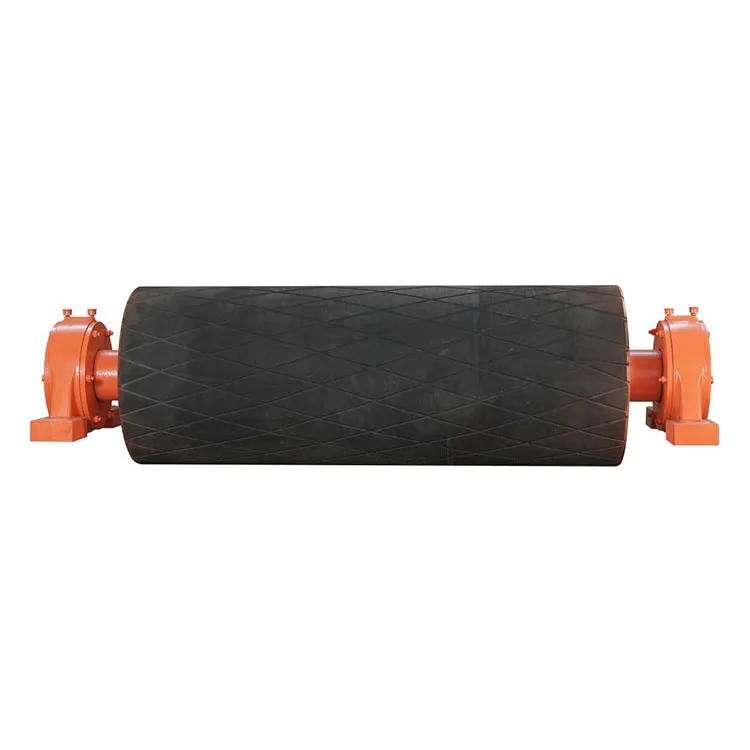 English
English 简体中文
简体中文  Esperanto
Esperanto  Afrikaans
Afrikaans  Català
Català  Cymraeg
Cymraeg  Galego
Galego  繁体中文
繁体中文  Latviešu
Latviešu  icelandic
icelandic  ייִדיש
ייִדיש  беларускі
беларускі  Hrvatski
Hrvatski  Kreyòl ayisyen
Kreyòl ayisyen  Shqiptar
Shqiptar  Malti
Malti  lugha ya Kiswahili
lugha ya Kiswahili  አማርኛ
አማርኛ  Bosanski
Bosanski  Frysk
Frysk  ភាសាខ្មែរ
ភាសាខ្មែរ  ქართული
ქართული  ગુજરાતી
ગુજરાતી  Hausa
Hausa  Кыргыз тили
Кыргыз тили  ಕನ್ನಡ
ಕನ್ನಡ  Corsa
Corsa  Kurdî
Kurdî  മലയാളം
മലയാളം  Maori
Maori  Монгол хэл
Монгол хэл  Hmong
Hmong  IsiXhosa
IsiXhosa  Zulu
Zulu  Punjabi
Punjabi  پښتو
پښتو  Chichewa
Chichewa  Samoa
Samoa  Sesotho
Sesotho  සිංහල
සිංහල  Gàidhlig
Gàidhlig  Cebuano
Cebuano  Somali
Somali  Тоҷикӣ
Тоҷикӣ  O'zbek
O'zbek  Hawaiian
Hawaiian  سنڌي
سنڌي  Shinra
Shinra  Հայերեն
Հայերեն  Igbo
Igbo  Sundanese
Sundanese  Lëtzebuergesch
Lëtzebuergesch  Malagasy
Malagasy  Yoruba
Yoruba  Español
Español  Português
Português  русский
русский  Français
Français  日本語
日本語  Deutsch
Deutsch  tiếng Việt
tiếng Việt  Italiano
Italiano  Nederlands
Nederlands  ภาษาไทย
ภาษาไทย  Polski
Polski  한국어
한국어  Svenska
Svenska  magyar
magyar  Malay
Malay  বাংলা ভাষার
বাংলা ভাষার  Dansk
Dansk  Suomi
Suomi  हिन्दी
हिन्दी  Pilipino
Pilipino  Türkçe
Türkçe  Gaeilge
Gaeilge  العربية
العربية  Indonesia
Indonesia  Norsk
Norsk  تمل
تمل  český
český  ελληνικά
ελληνικά  український
український  Javanese
Javanese  فارسی
فارسی  தமிழ்
தமிழ்  తెలుగు
తెలుగు  नेपाली
नेपाली  Burmese
Burmese  български
български  ລາວ
ລາວ  Latine
Latine  Қазақша
Қазақша  Euskal
Euskal  Azərbaycan
Azərbaycan  Slovenský jazyk
Slovenský jazyk  Македонски
Македонски  Lietuvos
Lietuvos  Eesti Keel
Eesti Keel  Română
Română  Slovenski
Slovenski  मराठी
मराठी  Srpski језик
Srpski језик
What is a conveyor pulley?
2024-09-13
Conveyor pulleys are used in a wide range of industries, from manufacturing and mining to food processing and transportation. Some of the most common applications include moving goods along production lines, transporting raw materials from one location to another, and even in the movement of luggage at airports. Conveyor pulleys play a critical role in the transportation of goods and materials across various industries. These rotating devices are typically found at the ends of conveyor belts and work to support and guide the belt as it moves items from one location to another.
At their core, conveyor pulleys are made up of several essential parts: the shell, shaft, and bearings. The shell is the outer cylindrical component that houses the pulley's belt and is usually made of sturdy materials such as steel or aluminum. The shaft, meanwhile, provides the axis for the pulley's rotation, and must be strong enough to support the weight of the loaded belt. Finally, bearings are used to reduce friction and enable smooth rotation.
One of the most popular types of conveyor pulleys is the drum pulley, which is designed to provide ample surface area for the conveyor belt to grip onto. Drum pulleys come in a variety of sizes and materials, such as steel, rubber, or ceramic, depending on their intended usage.
Conveyor pulleys are a vital component in the world of material transportation and play a key role in ensuring that goods and materials reach their intended destination safely and efficiently. As with any mechanical device, conveyor pulleys can experience wear and tear over time, and may require maintenance or replacement to ensure optimal performance. Regular cleaning and inspection can help prevent issues such as dirt buildup or uneven wear on the belt.




